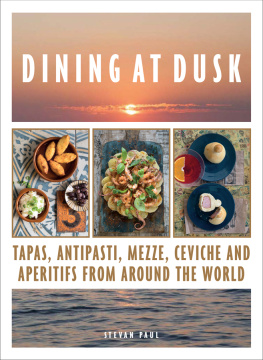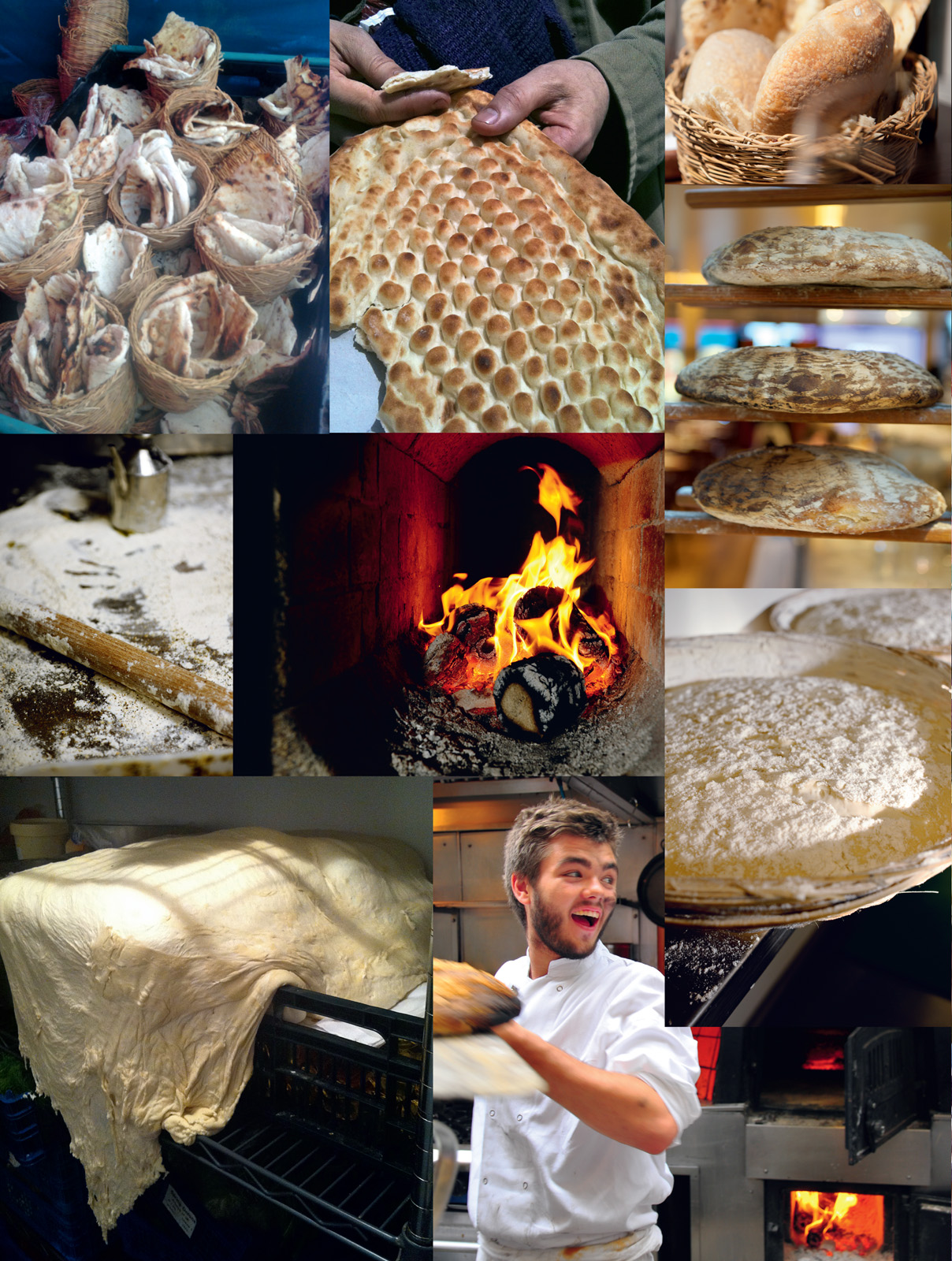CONTENTS
ABOUT THE BOOK
As the little sister of Moro, Morito has been serving delicious and innovative tapas and mezze in the heart of Londons Exmouth Market for over three years. Moritos cracked plaster walls and striking bright orange Formica bar create a space that is relaxed and welcoming but also edgy and cool, described by Times critic Giles Coren as, simultaneously supercool and modest, and as much like a brilliant little backstreet place in Spain as youll find in this country.
Sam and Sam Clarks little gem of a tapas bar packs a big culinary punch, attracting critical acclaim and constant queues. Now, with the publication of the cookbook of this hugely successful restaurant, Moritos small plates can be cooked, eaten and shared at home. Photographed over the course of two years often by members of the Morito team, the pages of the book invite you in to celebrate and share the special character and atmosphere of Morito, which people often say hits you like a wall of joy.
There are over 150 simple and seasonal recipes arranged in 10 chapters. Choose from (Breads) Zaatar Flatbreads, (Pinchos) Anchovy, Pickled Chilli and Olive Gilda, (Montaditos) Crab Toasts with Oloroso Sherry, (Eggs and Dairy) Huevos Rotos Broken Eggs with Chorizo and Potato, (Vegetables) Beetroot Borani with Feta, Dill and Walnuts or Crispy Chickpeas with Chopped Salad, (Fish) Sea bass Ceviche with Seville Orange, or Black Rice with Preserved Lemon, (Meat) Lamb Chops Mechoui with Cumin or Smoked Aubergine with Spiced Lamb and Chilli Butter, as well as a handful of classic Morito Puddings and Drinks.
ABOUT THE AUTHORS
Sam and Sam Clark not only work together but are also husband and wife, and have both cooked at leading restaurants such as the Eagle gastro-pub and The River Cafe. After they were married, Sam and Sam bought a camper van and set off on a three-month journey through Spain, Morocco and the Sahara. Sharing a passion for the Moorish regions, they joined forces to open Moro in Clerkenwell in 1997. Since then, the restaurant has enjoyed unequalled reviews and accolades. In 2011 they opened Morito, just next door a Barcelona-style tapas bar. They have published three books: The Moro Cookbook, Casa Moro and Moro East (combined sales of 300,000).
INTRODUCTION
As the little sister of Moro, Morito is the noisier, more rebellious sibling, eager to experiment and explore. Through our collection of tapas and mezze recipes you will be transported to both the present day hustle and bustle of Londons Exmouth market and a Mediterranean country of our choice.
With this book we wanted to introduce you to two of our great loves: our varied and mad staff and the loyal, beating heart that is Londons Clerkenwell. It is impossible to think how Sam and I could enjoy cooking without these two factors in our lives. We acknowledge, here and now, that we would be nothing without the people we work with who breathe life into what we do, and to this great city that supports us.
People talk about the atmosphere in Moro and Morito, that hits you like a wall of joy. There must be some strange alchemy involved because its impossible to analyse or copy. All we know is that we are grateful every day and these pages celebrate the special environment where the creativity begins.
First and foremost this book is here to help you eat and cook wonderful mezze and tapas. The unique atmosphere this brings to the table should be a part of everyones life. There is something inherently joyful and social about eating in this way. Thousands of possible food combinations lie within this book, none of which is wrong as long as you are happy. Just follow a few basic rules about trying to shop seasonally while varying the colour, flavour and texture within the mix.
Different effects can be brought to a meal, depending on how you approach the timing. At Morito plates are placed on the table as they are ready. Usually bread, olives and cold things first, followed by the hot things one by one as ready. This drawn-out way of eating exaggerates the sense of anticipation and extends the pleasure. Alternatively, BAM! Everything can be placed on the table at once for both impact and beauty. Or somewhere in between, perhaps?
Hopefully when you become familiar with where the recipes come from you can play, eating solely Spanish food accompanied by fine sherries or perhaps just mezze plates, accompanied by a healthy glass of Turkish raki or arak from the Lebanon. Whichever way you choose to use this book, we believe there is great potential for you to produce many an evocative and memorable meal.
Sam and Sam Clark
List of Recipes
BREAD
Bread is a symbol and bread is a tool. A symbol of life itself, a means of sharing your life with others. A tool of the most primitive yet sensual nature, used to scoop up little morsels of food to the mouth. For Morito we made the decision not to use sourdough bread. We felt that the Moro sourdough was not suited to every type of food. Good chewy bread, without being too heavy: that was what we wanted. We developed this recipe to make excellent flatbreads and these, as well as bread rolls and some crunchy picos (Spanish breadsticks), make up the Morito bread basket.
Recipe List
FLATBREAD
Zaatar is the name of a wild herb indigenous to the Middle East that tastes somewhere in between thyme and savory and is believed to promote strength. In the Lebanon, a blend of dried zaatar, toasted sesame seeds and ground sumac berries is mixed with olive oil and spread on flatbread called manoushe. Manoushe hot off the grill, rolled and stuffed with tomato, cucumber, black olives and mint, was one of our culinary highlights of Beirut. If you cant get zaatar or sumac, we recommend a mixture of 6 parts sesame seeds to 1 part dried oregano and 1 part dried thyme.
Makes 1015 flatbreads
600ml tepid water
750g organic strong white bread flour (Shipton Mill or Doves Farm), plus extra for dusting
1 heaped teaspoon dried yeast
1 teaspoon fine sea salt
1 teaspoon sugar
olive oil, for drizzling
1 tablespoon zaatar spice mix ()
Put all the ingredients except the olive oil and zaatar in a bowl or food mixer with a dough hook. Thoroughly combine, then knead for 5 minutes, or more if working by hand, until the dough feels smooth and elastic. Let the dough rest for 5 minutes, then knead again for 3 minutes. Allow the dough to relax, covered, for about 30 minutes.

















